Cloth diapers are one of the most commonly used for newborns and infants. These diapers are made from cloth materials, making them soft, absorbent, and breathable.
Some parents choose cloth diapers for eco-friendly benefits, but many also like them for their superior fit and comfort.
As a new parent, we understand that you want the best for your baby, including their comfort, health, and well-being. Cloth diapers are not just eco-friendly, but they are beneficial to your baby’s health too. They reduce the risk of rashes and allergies and are more comfortable for the baby.
We will take you through a step-by-step guide on how to use cloth diapers for babies. We will also address some misconceptions and concerns related to cloth diapering that parents often have. Additionally, we will discuss the basic components of a cloth diaper and highlight the supplies you will need to get started with cloth diapering.
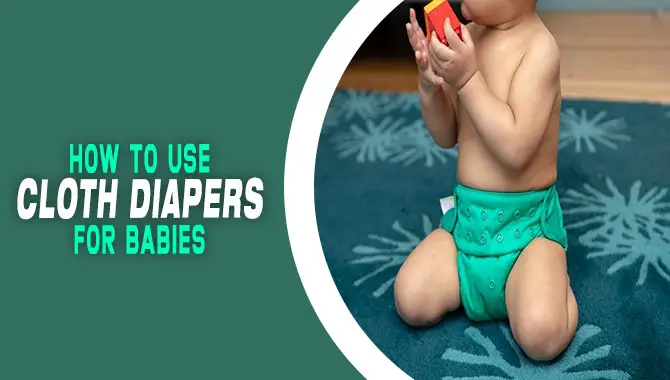
Use 6 Types Of Cloth Diapers For Babies With Simple Tips
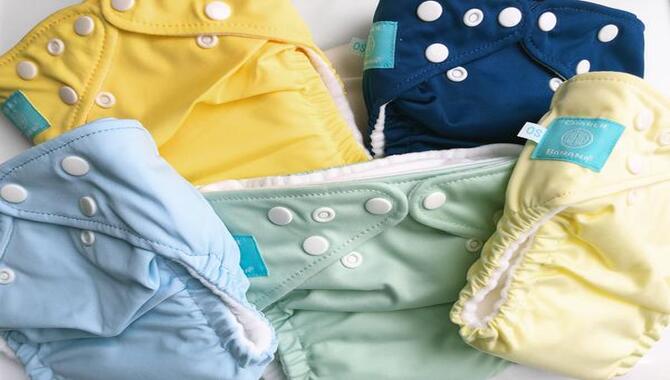
There are a variety of ways to use cloth diapers for your baby. Cloth diapers are available in different design options and require an upfront investment. It is essential to store cloth diapers in a wet bag and wash them every 1-3 days to maintain their usability. Pre-wash with a small amount of detergent and then wash again with the full amount.
Drying diapers in a dryer or hanging them to dry is entirely up to you. They also recommend using liners to dispose of poop so that the diaper remains clean and reusable. Lastly, ensuring you are using the right detergent and laundering your diapers properly is crucial to ensure they remain usable over time.
1. Pre-Fold Diapers
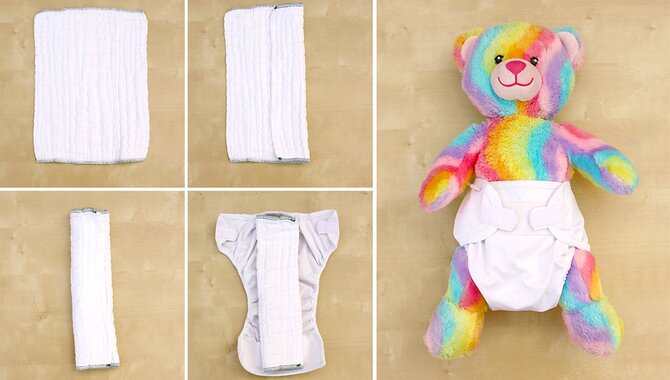
When choosing a diaper for your baby, you can choose from various materials, such as cotton, synthetic, and microfiber. A pre-fold diaper is one type of cloth diaper with two layers: an inner layer made of a material like a microfiber or fleece and an outer layer made of cotton or another absorbent material.
The designers designed this diaper with a specific way of folding the inner layer that forms a pocket to hold the baby’s waste. The result is a diaper that can hold more liquid than other types but still fits well and feels comfortable on the baby’s skin. People often recommend pre-fold diapers for babies beginning to sit up and have bowel movements.
As your baby grows, you can easily adjust and use them, making them a great option for cloth diapers for newborns. Another advantage of using pre-fold diapers is that they are relatively affordable. One particular benefit of this diaper type is that it allows the parents to control how much liquid the baby’s waste holds. This helps them decide if they need more absorbent materials, such as flannel or hemp inserts, for their baby’s diaper needs.
2. Fitted Diapers
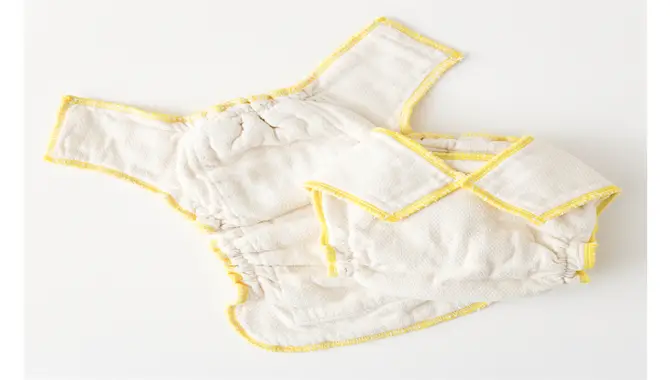
However, fitted diapers are a type of diaper that is designed to fit tightly around a baby’s bottom. Manufacturers produce fitted diapers in various styles and sizes, using materials like cotton, fleece, and synthetic fabrics such as polyester or vinyl. You can use the fitted diapers with a cloth diaper system or as a standalone option.
Fitted diapers have several advantages over traditional disposable diaper options. They tend to be more durable and hold up well under repeated washing. The diaper also absorbs very well, ensuring proper containment of your baby’s waste and preventing accidental leaks.
Fitted diapers are especially beneficial for babies who have already begun to master the art of soiling themselves, as they prevent any build-up of waste or leakage that can occur with traditional disposable diapers. Fitted diapers can be purchased in various colours, patterns, and sizes to suit your baby’s needs.
For an average-sized child, they can be used for a long period, up to about 18 months, making them an ideal choice for long-lasting use. As your baby grows older, you may want to switch to a potty seat or use an alternative method of diaper disposal.
3. Hybrid Diapers
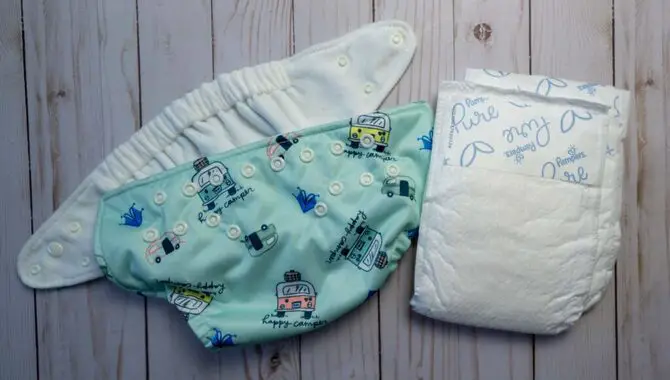
Cloth diaper hybrids are a great option for parents who want to use cloth diapers but also want ready-made options for their baby. They combine the absorbency of a cloth diaper with the convenience and mess-free cleaning of a disposable one. Hybrid diaper options come in many shapes and sizes, including fitted, flat, and pocket styles. Some manufacturers use cotton fabric, while others use polyester or microfiber materials.
You can choose from various colors and patterns, such as chevron prints or stars and stripes. Hybrid diapers are available in several materials, such as organic cotton, hemp, or fleece. Designers also make them machine washable and dryer safe, convenient for people with busy schedules and unpredictable weather conditions. Parents can use hybrid diapers with other diaper products, such as infant inserts or wipes, for babies aged 12 months.
4. Pocket Diapers
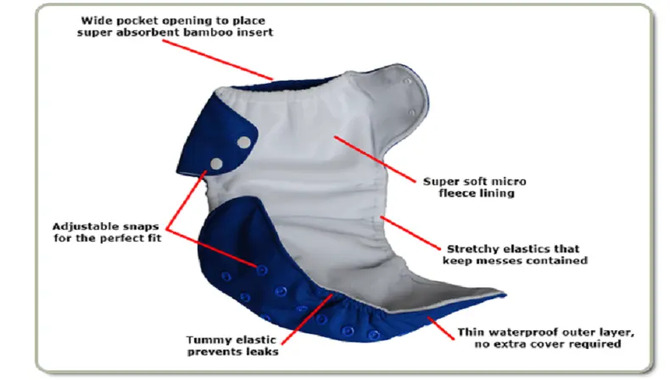
Cloth diapers are a great choice for newborns and infants because they are soft and gentle on their skin. They also help prevent diaper rash, a major concern for new parents. Some cloth diaper options come with pockets that allow you to add inserts or extra padding to customize the fit for your baby.
You can use these pockets to hold additional absorbency, such as microfiber inserts for extra moisture, or you can use them to insert toys or other objects for stimulation and enjoyment. Pocket diapers are great for babies who enjoy tactile input or need more specific care.
5. All-In-One Diapers
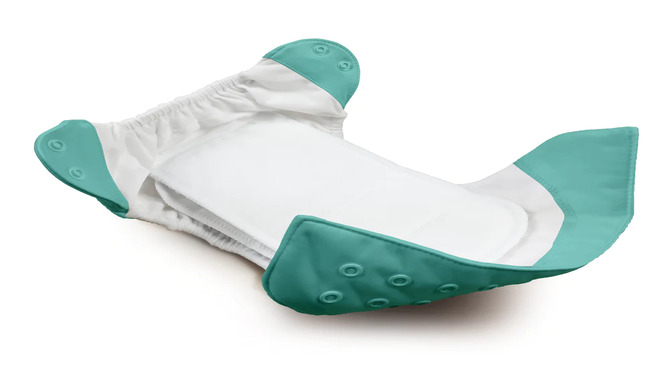
Cloth diapers are a great choice to reduce the amount of waste in landfills. The manufacturers make these diapers from natural materials, such as cotton or hemp, and offer a variety of prints, patterns, and colors. They are also easy to wash and maintain.
They come in all-in-one diapers with a diaper insert sewn into the outer fabric. This makes it convenient to use one size diaper suitable for your baby from birth to potty training. You can also use all-in-one diapers with inserts made from other materials. Using cloth diapers will reduce your baby’s exposure to harsh chemicals and chemicals used during manufacturing.
It will also help you save money on disposable products. You can learn more about cloth diapering by visiting sites like Cloth Diaper Lifestyle and The Diaper Laundry for detailed tips and tricks for babies and toddlers. And remember to ask friends, family, or the Internet for recommendations on quality cloth diaper brands available today.
6. Flat Diapers
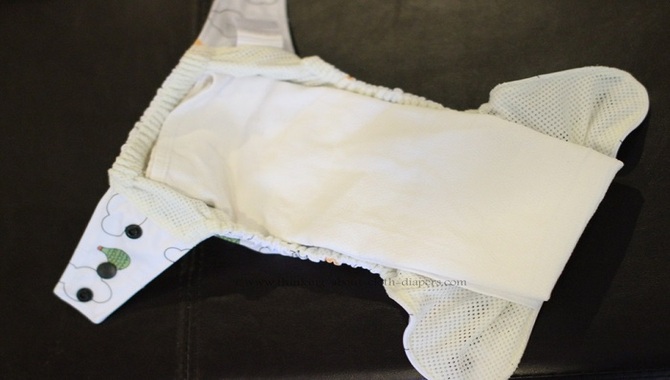
There are many types of cloth diapers for babies, but one of the most popular options is the flat diaper. Someone cuts a piece of fabric into a rectangle and secures it with either a diaper pin or Velcro to make these diapers. Typically, manufacturers make the fabric from cotton to help keep the baby’s skin dry and comfortable, and they also make it machine-washable for easy cleaning.
A flat diaper can be used in several ways, including as a standalone diaper for daytime wear or as an insert between two other layers of fabric to create a thicker diaper for overnight use (typically referred to as a fitted diaper).
You can also use it as a cover over another type of cloth diaper to protect your baby’s delicate skin from potential irritations like chafing or soreness. These diapers have many benefits, such as being affordable and sustainable, but they may also have some limitations, such as inconsistent sizing and overall durability. Still, they are an excellent option for any parent looking to reduce their child’s exposure to chemicals and waste while maintaining comfort and safety.
What Are Some Common Misconceptions Or Concerns About Using Cloth Diapers?
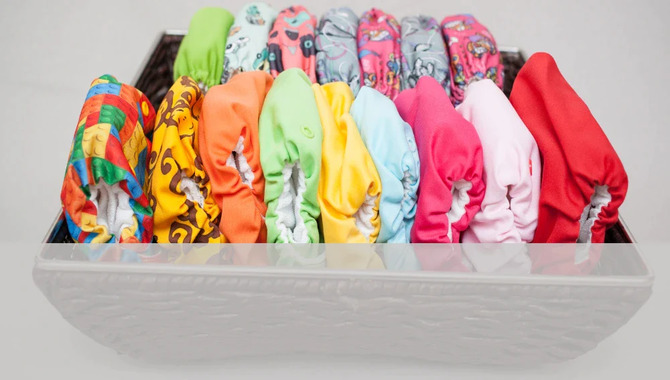
There are a few misconceptions surrounding the use of cloth diapers. Cleaning and maintenance require much effort, one of the most common concerns. Cloth diapers require more effort than disposable ones. But it can be just as easy with a little practice and the right washing routine. Another common misconception is that cloth diapers lead to the same amount of diaper rash as disposables.
However, studies have shown that cloth diapers may reduce the incidence of diaper rash due to the absence of chemicals in disposables. Though, it is also true that cloth diapers may be less absorbent than disposables. If you don’t change them frequently, it may result in more severe cases of diaper rash. Overall, cloth diapers may be a more comfortable and eco-friendly for babies. And with proper care, they can be both practical and cost-effective for parents.
What Are The Basic Components Of A Cloth Diaper?
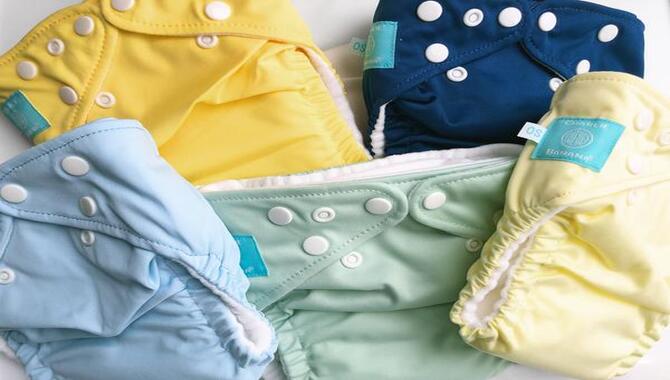
When it comes to cloth diapers, there are many options available in the market. Each cloth diaper has a set of components that make up its structure and composition. The components include an outer layer (usually cotton), an absorbent material (such as hemp or microfiber). Sandwiched between two layers of fabric, a waterproof closure, and leg elastics.
The components come in various shapes and sizes depending on the needs of a particular diaper. For example, a prefold diaper may use one large piece. Of fabric with an elastic on one side to hold the insert. The fabric of a pocket diaper has several pockets sewn into it that can hold inserts of different shapes and sizes. These pockets can also hold small items like money or keys.
What Supplies Do I Need To Get Started With Cloth Diapering?
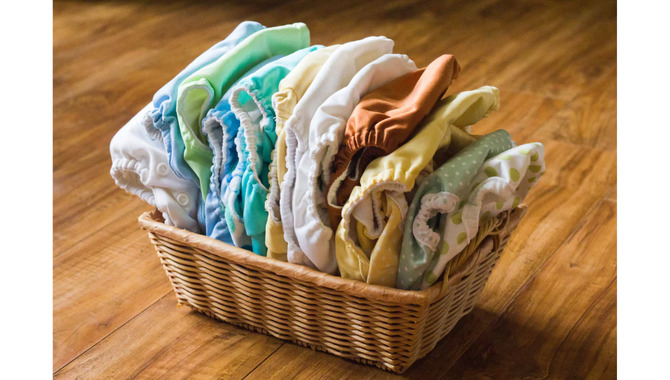
To begin cloth diapering, you will need several supplies. They include diapers, covers, diaper creams, diaper liners, accessories, etc. Depending on your needs and budget, you can choose from disposable or reusable diapers. Reusable options are generally more expensive than disposable ones, requiring more work to clean and maintain properly.
You can buy them online or at a store specializing in baby items. The covers used in cloth diapering also differ from the standard fitted or prefold diapers used during the first few months of life. They come in various materials, such as cotton and terry velour, and have varying absorbency (see our article on How to Choose the Right Diaper for Your Baby).
Once you have all the materials, you can use them to diaper your little one. It might take some practice to get the hang of it, but with patience and determination. You’ll be well on your way to full-time cloth diapering for your baby.
Conclusion
Cloth diapers are a natural and environmentally friendly way to diaper your baby. Cloth diapering is a simple and eco-friendly alternative to disposable diapers. Depending on your preference and lifestyle, there are various methods to try out.
With a little patience, experimentation, and care, you can become a pro at cloth diapering in no time. While there may be concerns or misconceptions surrounding cloth diapers, educating yourself on the facts and benefits is essential. Using cloth diapers for babies can be a great way to save money and reduce your carbon footprint.
However, it can be overwhelming if you’re new to it. To get started, you will need some basic components and supplies. You’ll be all set to make the switch to cloth diapering. We’ve discussed how to use cloth diapers for babies. This information will help you switch to cloth diapers for your baby and help you enjoy the benefits of using natural and eco-friendly diapers.
Frequently Asked Questions:
How Many Hours Can Cloth Diapers Be Used?
Cloth diapers should be changed every 2-3 hours or more frequently if the diaper is soiled or the baby has sensitive skin. It’s important to check the diaper frequently and change it as needed to prevent leaks and discomfort for the baby.
Do You Change A Cloth Diaper After Every Pee?
Changing a cloth diaper after every pee is generally recommended to prevent diaper rash and maintain hygiene. However, some parents may wait until the diaper is more saturated before changing to conserve resources.
When Can Babies Start Wearing Cloth Diapers?
Babies can generally start wearing cloth diapers from birth. Although some parents prefer to wait until the baby is a few weeks old and the meconium has passed. Cloth diapers come in different sizes and styles to fit the baby as they grow, so choosing the right size for your baby is important.
Can You Use Cloth Diapers On A Newborn?
Yes, cloth diapers can be used on newborns. However, it is important to select the right size and fit for your baby and use enough absorbent layers to avoid leaks. Cloth diapers require more frequent changes than disposable diapers and will also require washing and drying.
When Should You Choose Fitted Cloth Diapers?
Fitted cloth diapers are a good choice for parents who want a more convenient and secure way to cloth diapers their baby. They are ideal for overnight use and can prevent leaks more effectively than other cloth diapers.

